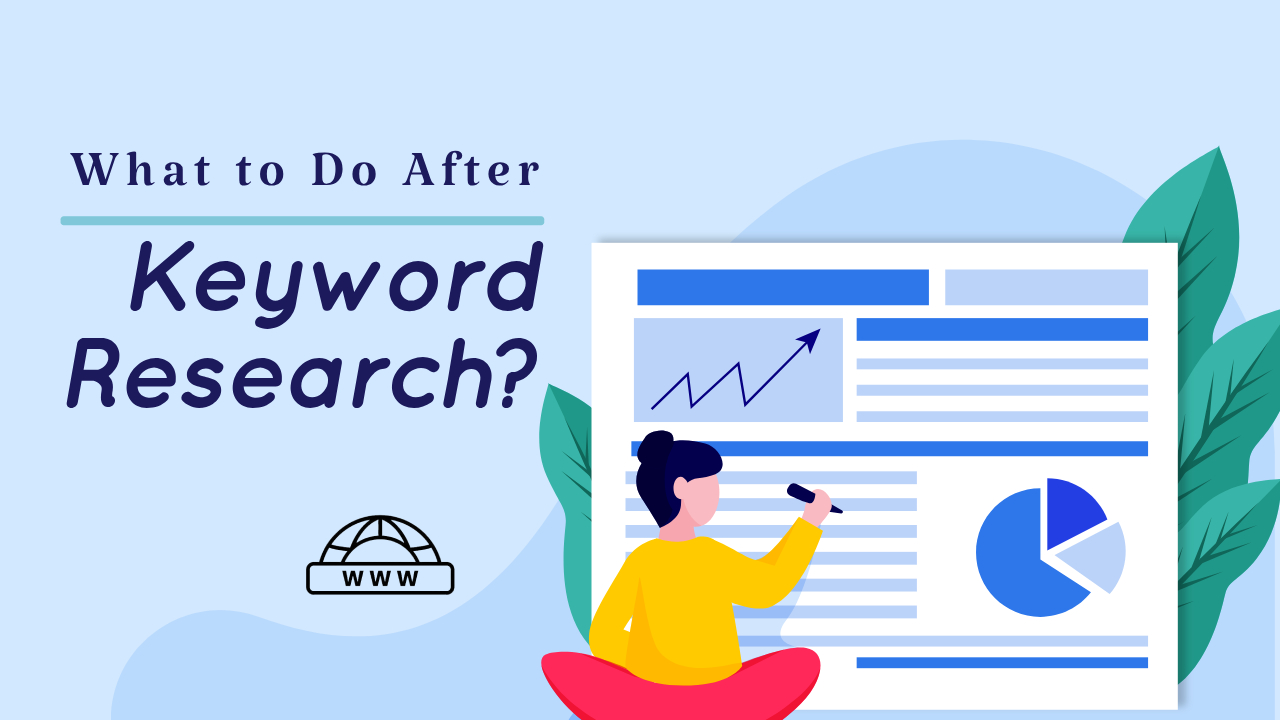Video is not the main content of the page is a message you might see in Google Search Console’s video indexing report. It indicates that Google has identified a video on your website that doesn’t seem to be the primary focus of the page it’s on. This can impact your video’s visibility in search results, especially in Video mode.

What it means:
- Google wants to ensure that videos shown in search results are truly the main focus of the page. This means the video should be the primary reason users visit the page, not just an incidental element.
- If Google determines the video isn’t the main content, it will be excluded from the video tab in search results and potentially have lower visibility overall.
Google Says:
Google’s “Video is not the main content of the page” update is coming, and it will affect your Search Console video indexing report. Videos that don’t take center stage on the page will no longer be indexed and appear as “No video indexed.” To make this clear, we’re simplifying the report by replacing several video indexing issues with the single explanation: “Video is not the main content of the page.” Learn More About the Google Documentation:
Google replacing the following issues with “Video is not the main content of the page”
- Invalid video URL
- Unsupported video format
- Unknown video format
- Inline data URLs cannot be used for video URLs
- Video outside the viewport
- Video too small
- Video too tall

How to fix Video is not the main content of the page:
- Increase the video’s prominence:
Make the video the dominant element on the page. This could involve placing it at the top of the page, expanding its size, or using fewer surrounding elements that might distract from it. - Video is above the fold:
When a user lands on a page and watches a video at the top of the page or watches a video as the page loads, it grabs their attention and potentially makes them more likely to engage with it.
Positives of a video above the fold:
- Immediate visibility:
Users see the video as soon as they land on the page, grabbing their attention and potentially making them more likely to engage with it. - Strong first impression:
A high-quality video above the fold can create a positive impression and encourage users to stay on the page and explore further. - Clear focus:
Placing the video prominently above the fold can signal to Google and users that it’s the primary content of the page.
- Provide substantial text content:
Ensure the page has informative and engaging text that complements the video and reinforces its message. This could be in the form of an introduction, explanation, summary, or additional details not covered in the video. - Optimize the video metadata:
Use relevant titles, descriptions, and tags that accurately reflect the video’s content and target audience. This helps Google understand the video and connect it with relevant searches. - Consider creating a dedicated landing page:
If the video is complex or needs further context, consider creating a separate page specifically designed for it. This allows you to provide more detailed information and optimize the page for search around the video content.Conclusion:
Google’s prioritizing user experience, and that means videos need to earn their spotlight. They shouldn’t just be decorative blips; they should be the star of the show, drawing users in and delivering value. If your video’s more of a supporting cast member, it might get left out of the search party.






